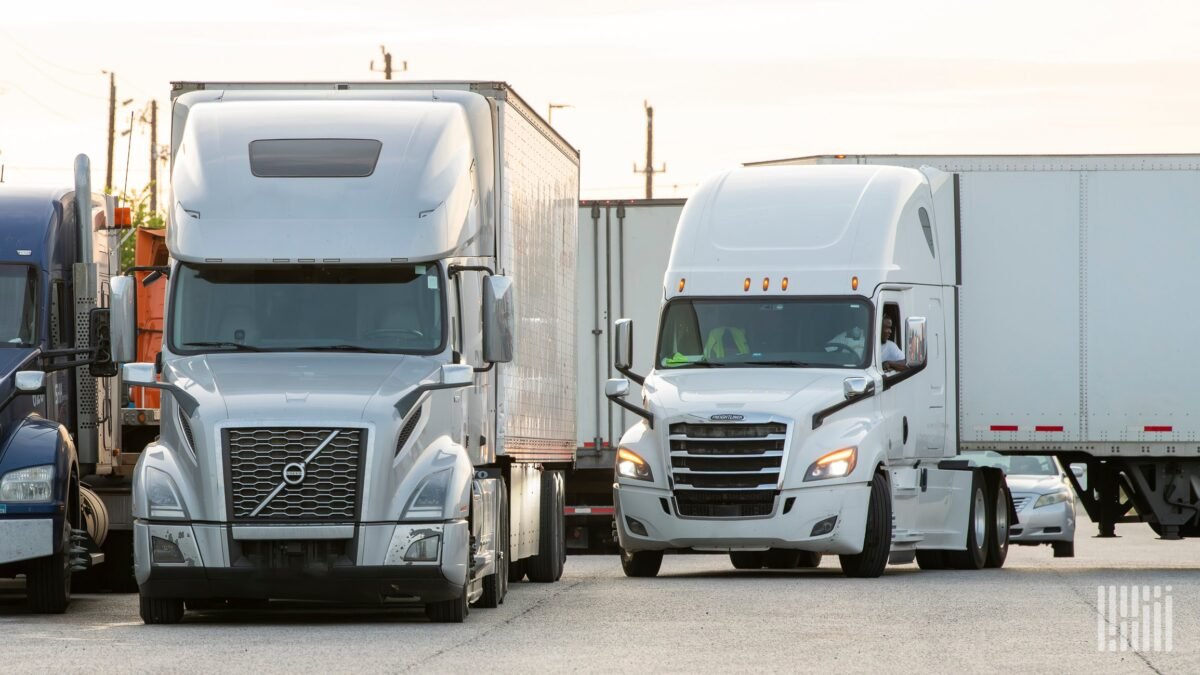Efficient inventory management is the backbone of any successful business dealing with physical goods. Companies worldwide are embracing RFID inventory tracking systems, RFID software, and barcodes to improve accuracy, streamline operations, and reduce losses. These technologies have revolutionized how businesses track stock, reducing human errors and enhancing supply chain efficiency.
In this article, we’ll explore the role of RFID tracking systems, RFID software, and barcodes in modern inventory management and how companies are leveraging these innovations.
What Is an RFID Inventory Tracking System?
An RFID inventory tracking system uses radio frequency identification (RFID) technology to track and manage inventory items automatically. Unlike traditional barcode scanning, RFID allows businesses to track multiple items simultaneously without requiring direct line-of-sight scanning.
How Does RFID Work?
An RFID system consists of three main components:
- RFID Tags – Attached to inventory items, each tag has a unique identifier.
- RFID Readers – Devices that scan RFID tags using radio waves.
- RFID Software – Processes and stores inventory data for tracking and analysis.
When an RFID tag passes through an RFID reader, it automatically updates the inventory records in real-time. This provides instant visibility into stock levels, locations, and movements.
What Is RFID Software?
RFID software is the digital platform that processes and manages data collected from RFID tags. It integrates with inventory management systems, offering features such as:
✔ Real-time inventory tracking – Instantly updates stock levels.
✔ Automated stock replenishment – Notifies businesses when stock is low.
✔ Asset tracking – Monitors the movement of high-value items.
✔ Reporting and analytics – Provides insights into inventory trends.
RFID software can be cloud-based or on-premise, depending on business needs. Many companies integrate it with ERP (Enterprise Resource Planning) and POS (Point of Sale) systems to streamline operations.
The Role of Barcodes in Inventory Management
While RFID technology is gaining popularity, barcodes remain a widely used and cost-effective method for inventory management. Businesses continue to use barcode labels alongside RFID for accurate tracking.
How Do Barcodes Work?
- Each item is assigned a unique barcode (such as UPC or QR codes).
- A barcode scanner reads the barcode and updates the system.
- The inventory management software records the product details.
Barcodes require manual scanning, but they are affordable, easy to implement, and effective for tracking products in retail stores, warehouses, and supply chains.
Benefits of RFID Inventory Tracking Systems Over Barcodes
| Feature | RFID Inventory Tracking System | Barcodes |
|---|---|---|
| Scanning Speed | Can scan multiple items at once | Requires individual scanning |
| Line-of-Sight Requirement | Not required | Required |
| Data Storage | Stores more data | Limited data |
| Durability | Can withstand harsh environments | Can be damaged or faded |
| Real-Time Updates | Yes | No (must be manually scanned) |
| Cost | Higher initial cost | More affordable |
While barcodes are still widely used, RFID software and tracking systems provide greater automation, efficiency, and accuracy, making them ideal for businesses handling large inventories.
Industries Using RFID Inventory Tracking Systems
1. Retail Industry: Enhancing Inventory Accuracy
Companies like Walmart and Zara use RFID tracking to improve stock accuracy.
✔ Real-time inventory updates reduce stockouts.
✔ Faster restocking improves customer satisfaction.
✔ Prevents theft and shrinkage through automated tracking.
2. Warehousing & Logistics: Streamlining Operations
Amazon and FedEx integrate RFID software in warehouses and supply chains.
✔ Automated sorting speeds up warehouse processing.
✔ Reduces misplaced inventory and lost shipments.
✔ Enhances supply chain visibility for better tracking.
3. Healthcare: Managing Medical Equipment & Pharmaceuticals
Hospitals and pharmacies use RFID and barcode tracking for medicine and tools.
✔ Prevents medication errors with automated scanning.
✔ Tracks medical devices to ensure availability.
✔ Reduces losses from expired or misplaced drugs.
4. Manufacturing: Improving Asset Tracking
Automotive and electronics manufacturers rely on RFID for production tracking.
✔ Tracks parts throughout the assembly line.
✔ Reduces production delays by automating stock management.
✔ Ensures compliance with quality control standards.
How RFID Software Improves Inventory Management
1. Real-Time Inventory Tracking
Unlike barcode scanning, which requires manual input, RFID provides real-time stock updates without human intervention. This helps businesses monitor their inventory efficiently.
2. Automated Stock Replenishment
RFID software alerts businesses when stock levels are low, enabling automatic reordering and preventing stockouts.
3. Loss Prevention & Anti-Theft Measures
Retailers use RFID to track high-value products and prevent theft by triggering alarms when unauthorized movement is detected.
4. Integration with POS Systems
Businesses integrate RFID and barcodes with retail POS software to:
✔ Speed up checkout processes.
✔ Reduce cashier errors.
✔ Improve customer service with faster transactions.
5. Better Data & Reporting
RFID software collects data on inventory trends, helping businesses optimize purchasing decisions and reduce excess stock.
Challenges of Implementing RFID and Barcode Systems
1. High Initial Costs
RFID technology is more expensive than barcodes due to hardware costs (tags, readers, and software integration). However, the long-term ROI makes it a worthwhile investment.
2. Integration with Existing Systems
Businesses must ensure RFID software is compatible with their inventory management, POS, and ERP systems for seamless functionality.
3. Signal Interference
RFID signals can be affected by metal or liquid-based products, requiring businesses to optimize their RFID infrastructure.
Future Trends in RFID and Barcode Technology
🔹 AI-Powered Inventory Systems – AI and machine learning will enhance RFID tracking accuracy and predictive stock management.
🔹 Blockchain Integration – Combining RFID with blockchain will improve inventory traceability and security.
🔹 IoT & Smart Warehouses – RFID-connected IoT devices will automate warehouse operations, making them more efficient.
🔹 Mobile RFID Solutions – Handheld RFID readers and smartphone apps will make RFID tracking more accessible for small businesses.
Conclusion
The combination of RFID inventory tracking systems, RFID software, and barcodes is transforming how businesses manage inventory. From retail and logistics to healthcare and manufacturing, companies worldwide are leveraging these technologies for real-time tracking, improved accuracy, and automation.
While barcodes remain a cost-effective solution, RFID technology offers greater efficiency, automation, and scalability, making it the future of inventory management. Businesses that adopt RFID-powered solutions will gain a competitive edge by improving operational efficiency, reducing losses, and enhancing customer satisfaction.
Frequently Asked Questions (FAQs)
1. What is the difference between RFID and barcodes?
RFID allows multiple item scans without line-of-sight, while barcodes require direct scanning one at a time. RFID also stores more data than barcodes.
2. Can small businesses use RFID inventory tracking?
Yes, although RFID is more expensive than barcodes, many affordable RFID software solutions are available for small and medium businesses.
3. How does RFID software improve inventory accuracy?
RFID software provides real-time updates, reducing human errors and ensuring accurate stock records.
4. What industries benefit the most from RFID technology?
Retail, logistics, healthcare, and manufacturing sectors gain the most from RFID inventory tracking systems due to improved efficiency and automation.
5. Is RFID better than barcode tracking?
RFID is faster, more efficient, and requires less manual effort, but barcodes remain a more affordable option for businesses with lower budgets.












Leave a Reply